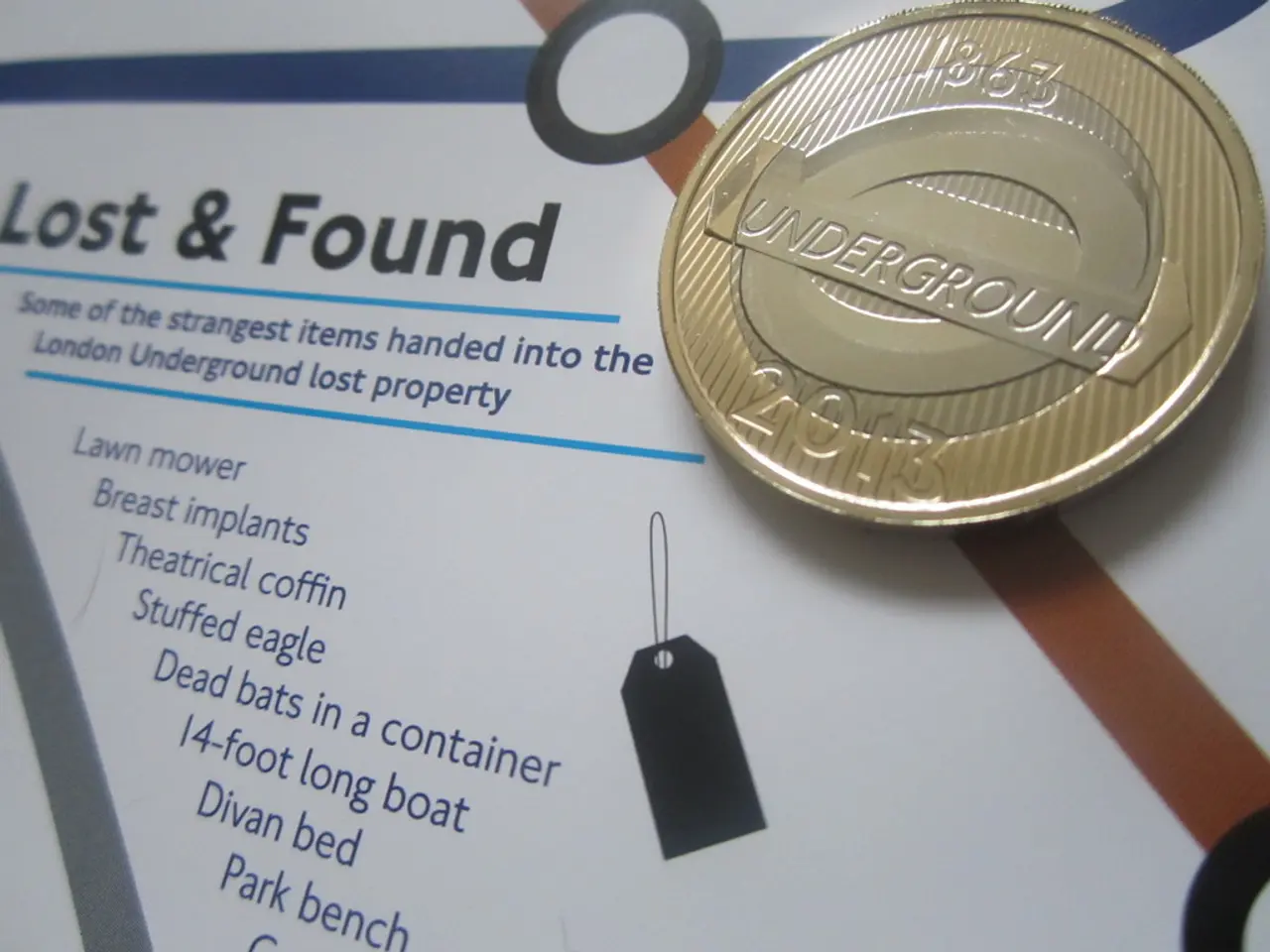Europe's financial independence through open banking
The European payments landscape is undergoing a significant transformation, with account-to-account (A2A) payments emerging as a key player. This shift is driven by regulatory push and technological adoption, aiming to increase the prevalence and integration of A2A payments across the continent.
From October 2025, all European banks will be legally required to actively offer A2A payments, a move that is expected to accelerate this technology's adoption[1]. As a result, A2A payments are showing steady growth, capturing a significant market share—22% overall in 2025—with even higher percentages in specific countries, such as Poland (58%), Spain (32%), and Germany (27%)[2].
Technologically, A2A payments benefit from the broader trends shaping the payments ecosystem, including real-time payments (RTP) infrastructure and the integration of artificial intelligence (AI) to enhance security and fraud detection. The European Central Bank's TARGET Instant Payment Settlement (TIPS) infrastructure underpins instant settlement of A2A transactions in central bank money, enabling harmonized and rapid cross-border payments within the EU and beyond[4].
The future prospects of A2A payments suggest they will continue to grow their market share and usage across Europe, supported by improving instant settlement and security capabilities. This growth is likely to lead to increased consumer and merchant adoption, further driving the digital transformation of payments.
Strategically, A2A payments contribute significantly to Europe's technological, political, and economic independence. By advancing EU-driven payment infrastructures, promoting the use of central bank digital money for instant settlement, and reducing reliance on global card schemes, Europe strengthens its technological sovereignty[4].
The legal requirement for all European banks to offer A2A payments reflects a political drive towards an integrated and independent payments ecosystem, enhancing Europe’s regulatory autonomy in financial services[1]. Economically, increased A2A adoption lowers transaction costs, improves competition, and boosts efficiency in payments, fostering economic resilience and reducing vulnerabilities linked to external payment infrastructures[2][4].
Players like finAPI, a provider of account information and payment initiation services regulated by BaFin, are already enabling A2A payments and account connections in twelve European countries. With the upcoming merger with the Italian open finance player Fabrick, finAPI is set to become a pan-European provider[5].
The ongoing legal mandate and technology evolution suggest A2A payments will continue to grow their market share and usage across Europe, underpinning the continent’s strategic independence by strengthening its payment technology infrastructure, regulatory framework, and economic autonomy.
The future of European payments lies in Open Banking, with the regulatory foundations in place, the demand is there—now it's time for scalability, interoperability, and trust in implementation. With providers like finAPI leading the way, Europe's digital payment infrastructure is at a turning point, focusing more on European solutions like Open Banking and A2A payments for political capability, economic independence, and technological innovation.
References:
[1] European Central Bank. (2022). Retail payments strategy 2020-2025: Achieving a more integrated and efficient European payments area.
[2] European Commission. (2022). European strategy for data.
[3] European Central Bank. (2021). Artificial intelligence and machine learning in the Eurosystem.
[4] European Central Bank. (2021). TARGET Instant Payment Settlement (TIPS): A new infrastructure for instant payments in Europe.
[5] finAPI. (2022). finAPI and Fabrick merge to create a pan-European open finance platform.
Other players in the European business landscape are capitalizing on the growth of A2A payments. For instance, finAPI, a regulatory-compliant provider of account information and payment initiation services, is expanding its reach across European countries, moving towards becoming a pan-European open finance provider.
The increasing adoption of A2A payments in Europe not only benefits other businesses but also fosters financial independence, as it reduces reliance on global finance and technology infrastructure.




